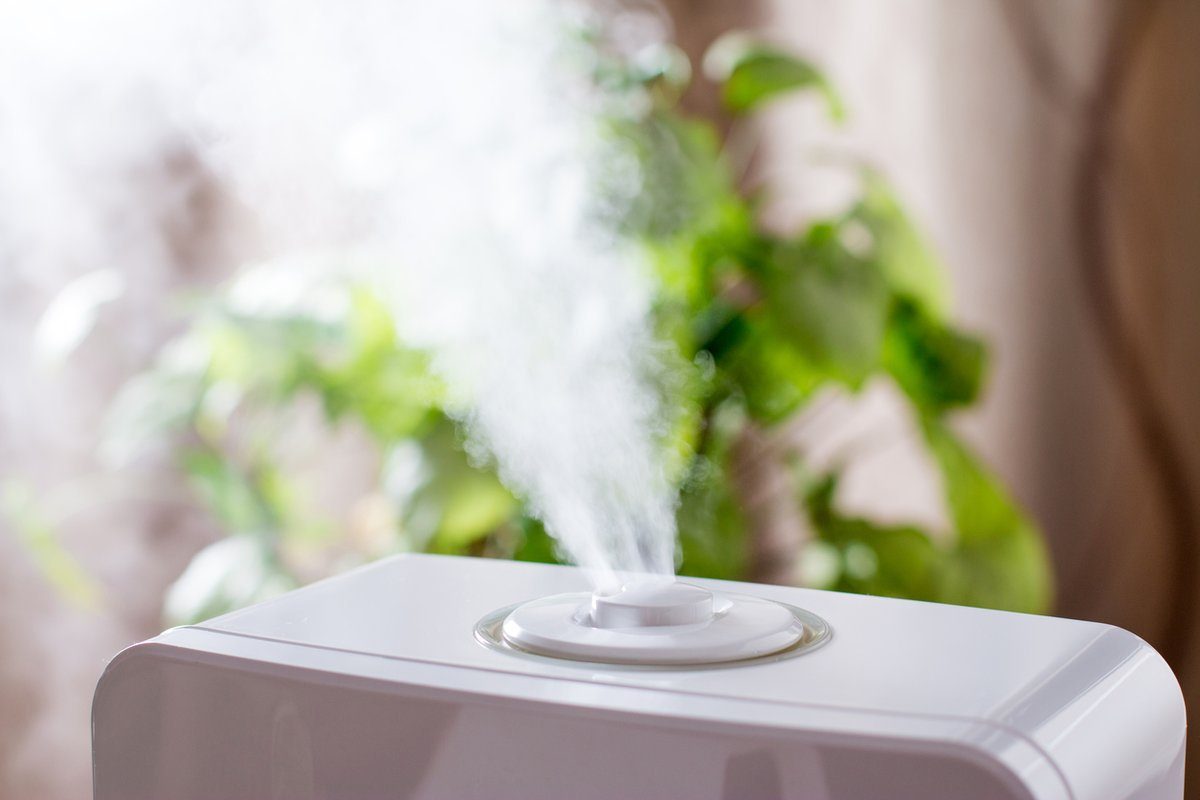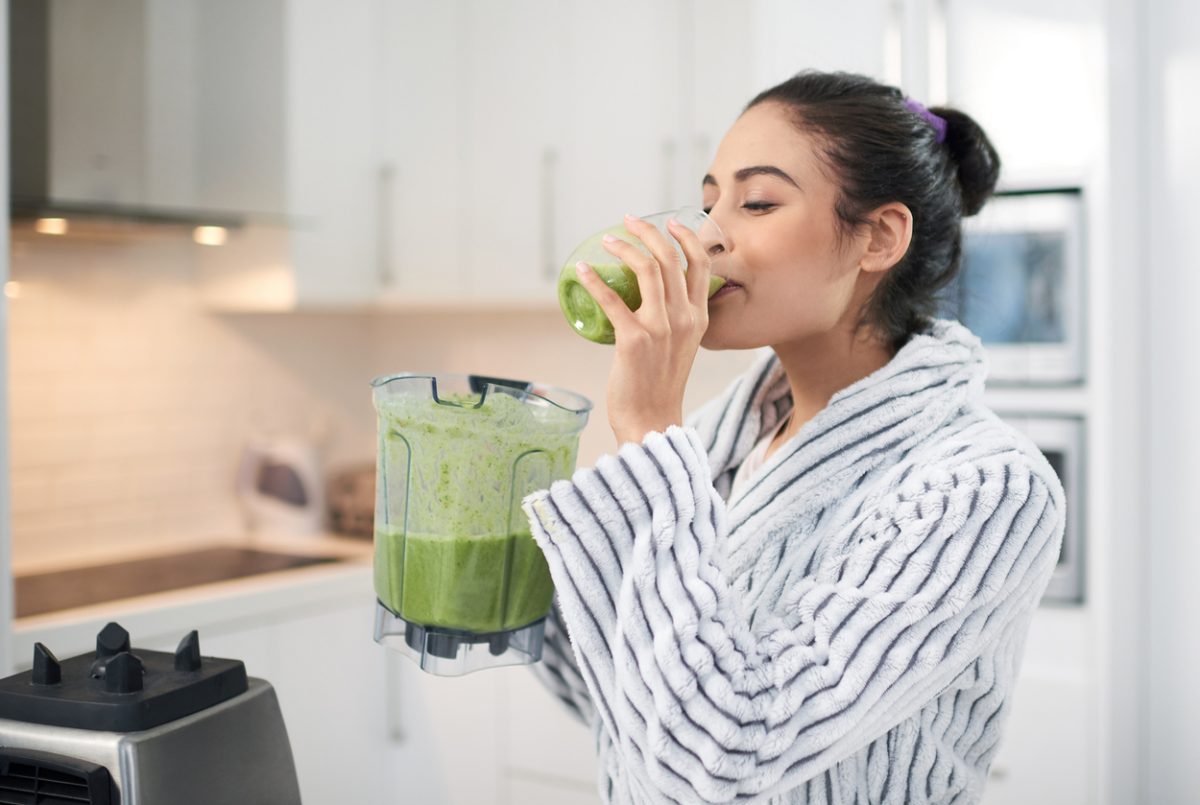How clean is the indoor air you breathe, and how can you make it cleaner? Between the ongoing COVID-19 pandemic, seasonal wildfires and spring allergy season, those are questions many are asking. Several home appliances can help reduce indoor pollutants, but an air cleaner is your go-to product if you are focused on improving the quality of your home’s indoor air.
Air cleaners have many benefits. Seasonal allergy sufferers have long turned to air cleaners to reduce allergens. Air cleaners can make your living space cleaner and more comfortable, and some models (those with carbon filters) can reduce odors. People who live in areas affected by wildfire smoke rely on air cleaners to remove the resulting particulate matter and pollutants from their indoor air.
A lot of the attention given to indoor air quality recently stems from the the effort to reduce exposure to COVID-19. Air cleaners are not currently tested for their ability to remove viruses and bacteria, but the U.S. Environmental Protection Agency and National Institutes of Health have recommended air cleaners as a way to reduce exposure. In addition, AHAM recently finalized a performance test standard for air cleaners that tests the effectiveness of portable room air cleaners’ ability to remove viruses, bacteria and mold.
How air cleaners work
How do air cleaners remove pollutants from your home’s air? It depends on the model. Some air cleaners use a combination of filters (HEPA and ULPA) and fans, electrostatic filters that clear the air by using static to attract particles, electrostatic precipitators that attract particles to a plate or grid, or ionization combined with other technologies. Many units also have pre-filters that trap larger particles.
On a given model, you might also find multiple features, including:
- Multiple power settings
- Oscillation, including some with multiple levels of oscillation
- Sensors: Some air cleaners have the ability to sense the air quality and adjust the fan speed accordingly
- WiFi capability
Some manufacturers are also incorporating robotics into air cleaners. Early models use sensors to monitor the air quality in different rooms so the robot can go where the air needs it most.
Finding the right air cleaner
With all of the models and features available, how do you choose the right air cleaner for your home? The most important detail is the size of the room in which the air cleaner will primarily be used. Look for the AHAM Verifide® label, which will show the air cleaner’s Clean Air Delivery Rate (CADR) and suggested room size.
CADR is a measurement of how fast an air cleaner filters three commonly sized particulates: dust, pollen and tobacco. The higher the number on the label, the faster the air cleaner filters the air. However, don’t just choose the air cleaner with the highest numbers. You might end up with one that is too large for the room, leading to unnecessary energy use and noise. A too-small model may not get the job done. Follow the 2/3 rule, and choose an air cleaner with a tobacco smoke rating that is two-thirds the size of the room’s area. That means a room that is 200 square feet, would require an air cleaner with a CADR for tobacco smoke of at least 132.
CADR also gives you a way to choose an air cleaner based on your air cleaning needs. If you live in an area with a high pollen count, consider air cleaners with higher ratings for filtering pollen. If dust is an issue, pay closer attention to the unit’s rating for dust.
You will find the AHAM Verifide® label with the CADR ratings on the product packaging. However, you do not have to spend hours browsing units on shelves. You can compare AHAM-certified air cleaners through AHAM’s searchable directory. Search models by certified CADR ratings, suggested room size, manufacturer and brand name.
CADR is a recognized performance testing program in which air cleaners are randomly selected and tested at an independent laboratory using the American National Standard, known as ANSI/AHAM-AC-1.
After purchasing
Now that you have an air cleaner that is right for your home, it is time to maximize its air cleaning potential.
Position it properly: Air cleaners work best when they’re positioned to allow them to filter as much air as possible. Certain air cleaners, depending on the design, aren’t as effective if placed in the corner of a room. Place the air cleaner closer to the center of the room, away from anything that may block or obstruct the air flow.
Clean it regularly: This applies to both units with filters and those that use electrostatic precipitators. Change the filter according the recommendations in the appliance’s use and care manual. If you use the air cleaner frequently or in areas with higher levels of pollutants (like where the pets hang out), you may need to change it more often. Precipitators also need to be cleaned regularly. A drop in performance may signal it’s time to change the filter or clean the precipitator.
Use your other appliances: Vacuums with HEPA filters, central vacuums, clothes washers and dryers, air conditioners and dehumidifiers all can help keep the allergens in check in your home.




